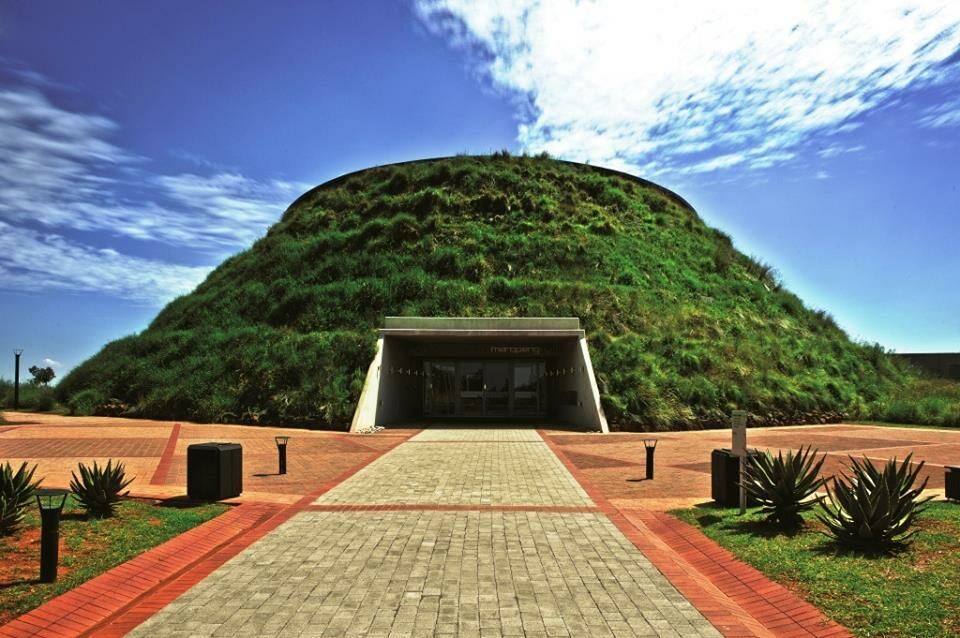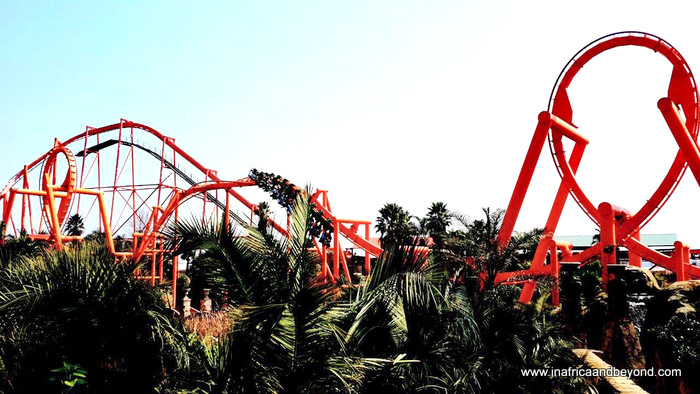What Does Johannesburg North Attractions Mean?
An Unbiased View of Johannesburg North Attractions
Table of ContentsLittle Known Facts About Johannesburg North Attractions.The Best Strategy To Use For Johannesburg North AttractionsAn Unbiased View of Johannesburg North AttractionsExamine This Report on Johannesburg North AttractionsThe Single Strategy To Use For Johannesburg North AttractionsJohannesburg North Attractions - An OverviewJohannesburg North Attractions Can Be Fun For Anyone
Nevertheless you should maintain protection in mind and visitors must continue to be alert whatsoever times when in strange surroundings. Speak to the residents when you are in community to learn about the area you are remaining in. Johannesburg North attractions. When on the road (this doesn't relate to shopping center and various other safe environments) best basic recommendations is to try your ideal to look like a local and to prevent presenting any type of riches
All about Johannesburg North Attractions
Professor Revil Mason O. J. (Thomson, 1946) explored the Witwatersrand's pre-colonial history. His historical work took off the 'em pty land' myth, according to which the region was without human habitation before the arrival of European settlers. In his publications Prehistory of the Transvaal: A Record of Human Activity (1962) and Beginnings of Black People of Johannesburg and the Southern Western Central Transvaal AD 3501880 (1986 ), Teacher Mason demonstrated the degree of social and economic growth in the location before Europeans established foot here.

The Greatest Guide To Johannesburg North Attractions
In 1878, David Wardrop located gold in quartz veins at Zwartkop, north of Krugersdorp. In 1881, Stephanus Minnaar came across gold on the ranch Kromdraai, near the Cradle of Humankind.
In March 1886, an outcropping (quickly to be called the Main Reef) was located, fairly luckily, on Gerhardus Oosthuizen's farm Langlaagte. Some say that the Lancastrian coal miner George Pedestrian uncovered this coral reef. Another travelling English miner, George Harrison (who had formerly functioned in Australian mines) obtained a prospecting licence in respect of Langlaagte in May 1886.
He decided to go on in a pursuit for greener fields, and disposed of his Langlaagte insurance claim for the baronial amount of 10. Alas: beneath lay the richest goldfield ever located. The discovery of this abundant auriferous reef provoked a gold thrill that signalled the end of agrarian serenity in the southerly Transvaal.
It would, within six years, come to be the biggest town in southern Africa. Within a years, it would certainly make the Z. A. R. up until then an anarchical and bankrupt little state the most affluent country site in Africa. By the millenium, the Z. A. R. was to exceed Russia, Australia and the USA of America to become the globe's leading gold producer, creating greater than a quarter of the world's gold.
6 Simple Techniques For Johannesburg North Attractions
It was recognized as Ferreira's Camp, called after Colonel Ignatius Ferreira. He was a Boer adventurer upon whom the British authorities had actually bestowed the status of Buddy of the Many Identified Order of St Michael and St George (entitling him to the post-nominal letters C. M. G.) in thankfulness for his role in the war that had deposed the Pedi king Sekhukhune in 1879.
Quickly the camp was bursting with tents and wagons as newbies showed up daily from far and wide. By September 1886, some 400 people resided in Ferreira's Camp, which soon boasted upreared iron and wood structures. 2 various other camps were developed: Meyer's Camp on the ranch Doornfontein, and Paarl Camp. The latter was nicknamed Afrikander Camp; several people from the Cape Swarm worked out there.

The Single Strategy To Use For Johannesburg North Attractions
This name gained money by word of mouth, such that the State Assistant verified the name to the Mining Commissioner on 9 October 1886. Stands in the village were auctioned on 8 December 1886. While some stands were offered for 10, others were knocked down for just sixpence.
2 years later on, these erven were to transform hands for as much as 750 each. The tented camps dwindled as a dorp of corrugated iron buildings created and expanded north of the mines situated along the Key Reef Roadway. Locations such as Jeppe's Community (where working-class immigrants erected their houses) and Doornfontein (where the upscale brand-new 'Randlords' started to reference build their opulent houses) were quickly included to the ever-expanding map of the town.
Johannesburg North Attractions Fundamentals Explained
Apart from the road names, there were no indications of Johannesburg being located in a Dutch-speaking country., almost every person talked English and even the Federal government servants resolved one in English, unless they were initial dealt with in the Taal (or Low Dutch)'.
As such, Britain had a passion in guaranteeing optimal conditions for gold manufacturing on the Witwatersrand, and that the gold was exported to London rather than Berlin an important made all the more clamant by the Z. A. R - Johannesburg North attractions.'s raising toenadering with Germany. Mine proprietors were on a crash course with Head of state Kruger, whose policy of monopolistic giving ins (frequently approved to his cronies) prevented mining firms from acquiring materials of materials (especially dynamite) and labour on their own, cheaper terms
Little Known Questions About Johannesburg North Attractions.
In 1890, the Volksraad had actually limited the franchise business to white men who had actually stayed in the Z. A. R. for fourteen years or longer, hence disqualifying a lot of the immigrants (who happened to be the significant contributors to visit the fiscus). Nevertheless, agitation for the ballot was a plain pretense for advertising a various schedule; a lot of uitlanders regarded themselves as short-lived site visitors and had no purpose of continuing to be in the Z.